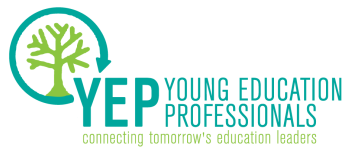Gender describes the characteristics and activities we associate with men and women, like “boys hate reading and have short hair” and “girls love pink and have long hair.” A survey of elementary school students showed that one in three children heard classmates being bullied for wearing or doing something usually associated with the other gender. Forty-three percent of elementary teachers also reported hearing sexist comments from their students. Of the surveyed students, one in 10 said they didn’t conform to gender norms; they were twice as likely to be bullied at school.
While the problem begins in elementary school, it continues and worsens in middle and high school when issues of gender begin to encompass sexual orientation. Another survey of LGBT students in sixth through 12th grade showed that 30 percent felt unsafe in school and 29 percent felt unsafe on their way to and from school. One-quarter had experienced cyber-bullying as a result of their gender expression or sexual orientation, and one-third had been sexually harassed online.
Worryingly, teachers seem reluctant to tackle sexual- and gender-based bullying; and because teachers don’t often address these situations, the surveyed students believe that this type of bullying is inevitable. Research suggests that LGBT teachers are even less likely than their heterosexual colleagues to tackle the problem for fear of losing their jobs; these teachers often remain “in the closet,” because they’re even afraid of the reactions of their colleagues and students.
Regardless of religious or political persuasion, teachers should be able to agree that every child, teacher, and parent deserves to be safe at school. So what can be done to achieve this?
- Audit yourself. What messages are you conveying about gender through your choice of images, words, and the behaviors you tackle and ignore?
- Keep tabs on LGBT issues through the Gay, Lesbian, and Straight Education Network, where you can find resources and lesson plans about inclusion and respect.
- Be aware of education issues specific to LGBT families through this guide from Family Pride.
- Advocate for the safety of LGBT students, and create and maintain a safe environment using this research brief from California Safe Schools Coalition.
- Check your knowledge of bullying — types, do’s and don’ts, and popular misconceptions — courtesy of the American Psychological Association.
We can never know how it feels to be someone else. However, most of us know what it feels like to be insulted, mistreated, or bullied. This behavior should never be tolerated. This year, make a commitment to ending intimidation in your classroom and enabling all students, teachers, and parents to walk around school with dignity.
Wenna Price is an independent education consultant with a background in teaching, teacher training, and curriculum design. She can be reached at enquiries(dot)wprice(at)gmail(dot)com or on Twitter (at)WennaPrice.

 RSS Feed
RSS Feed